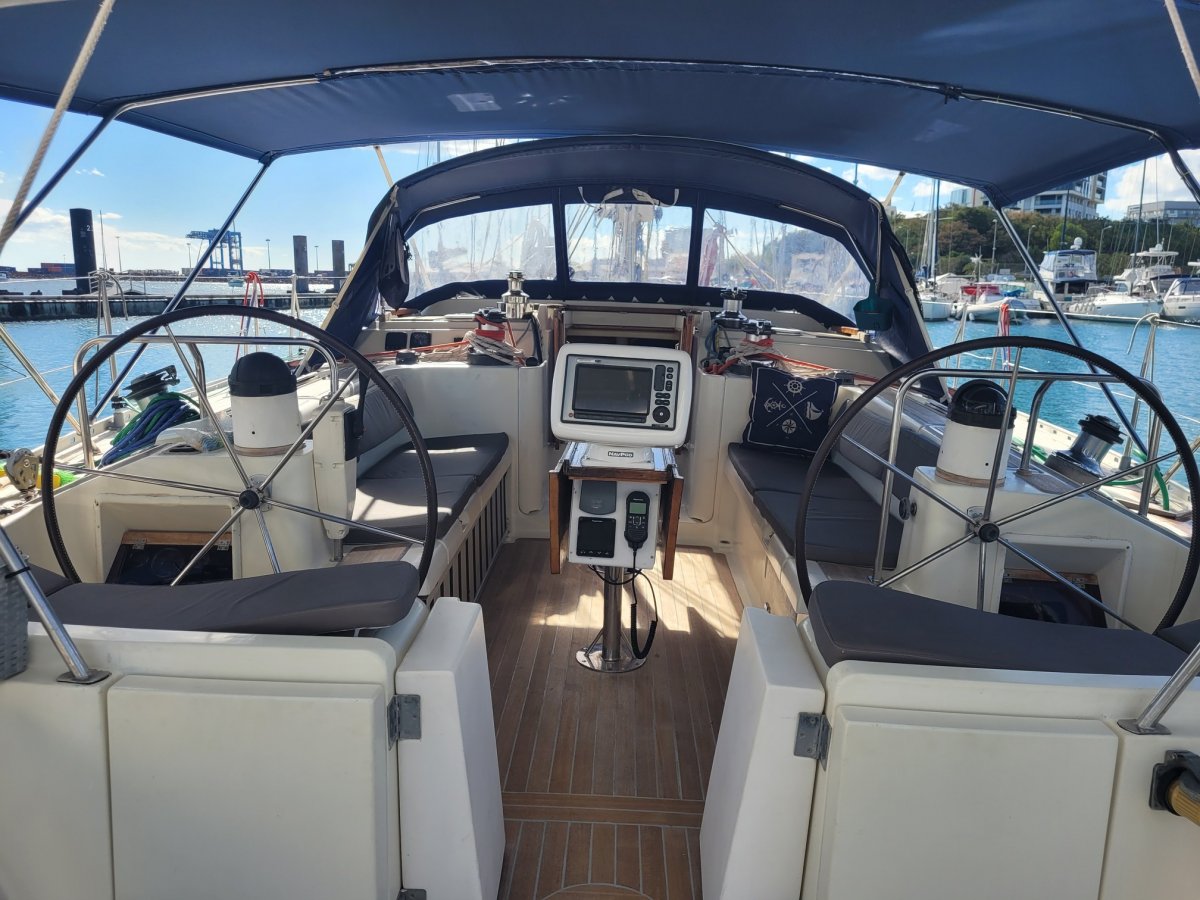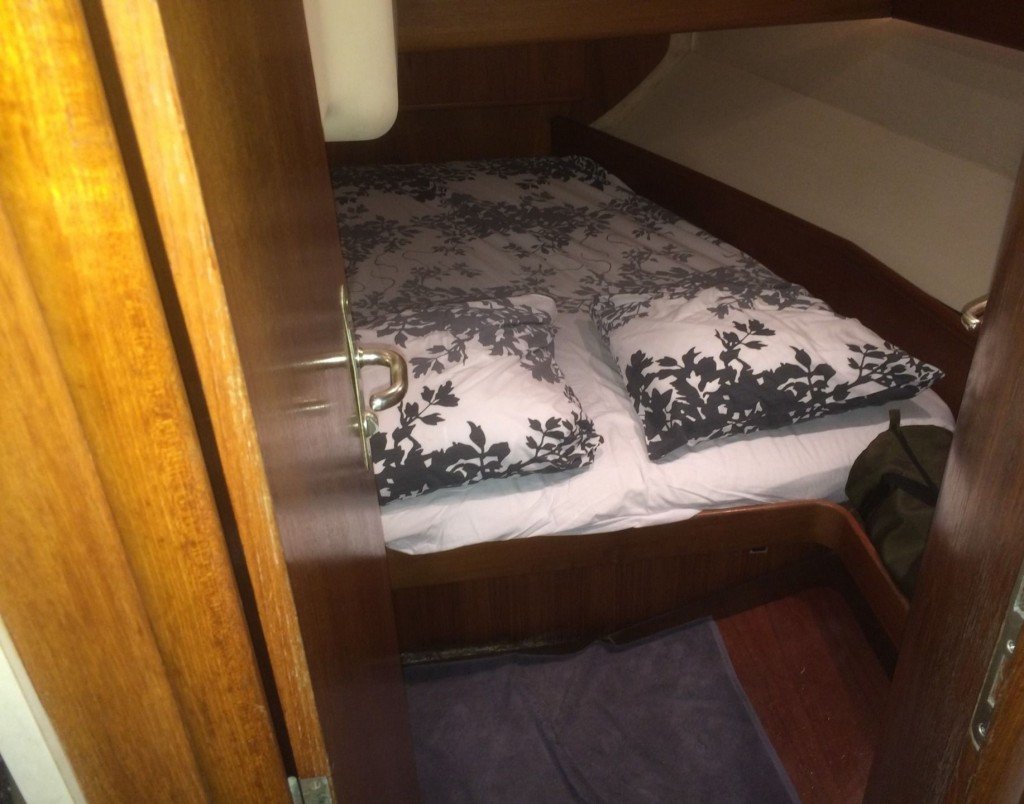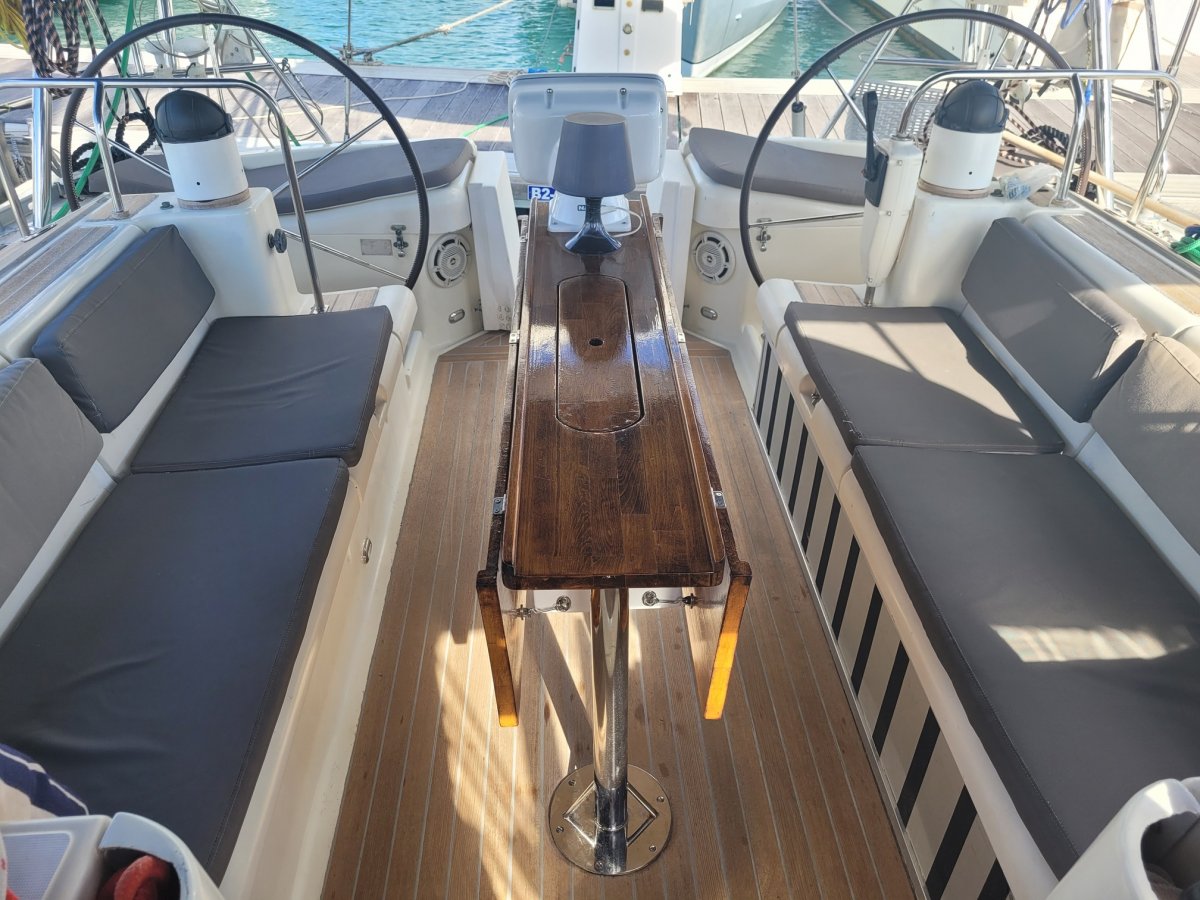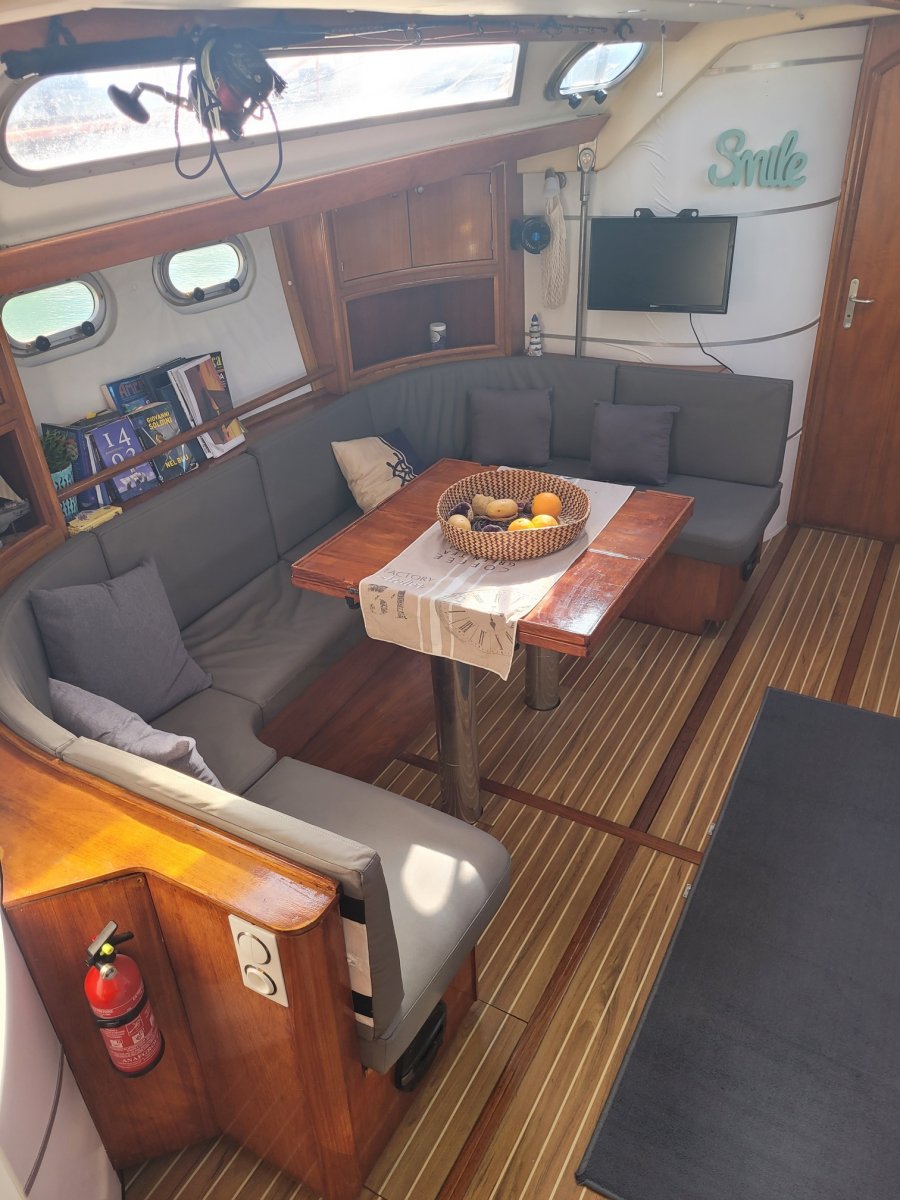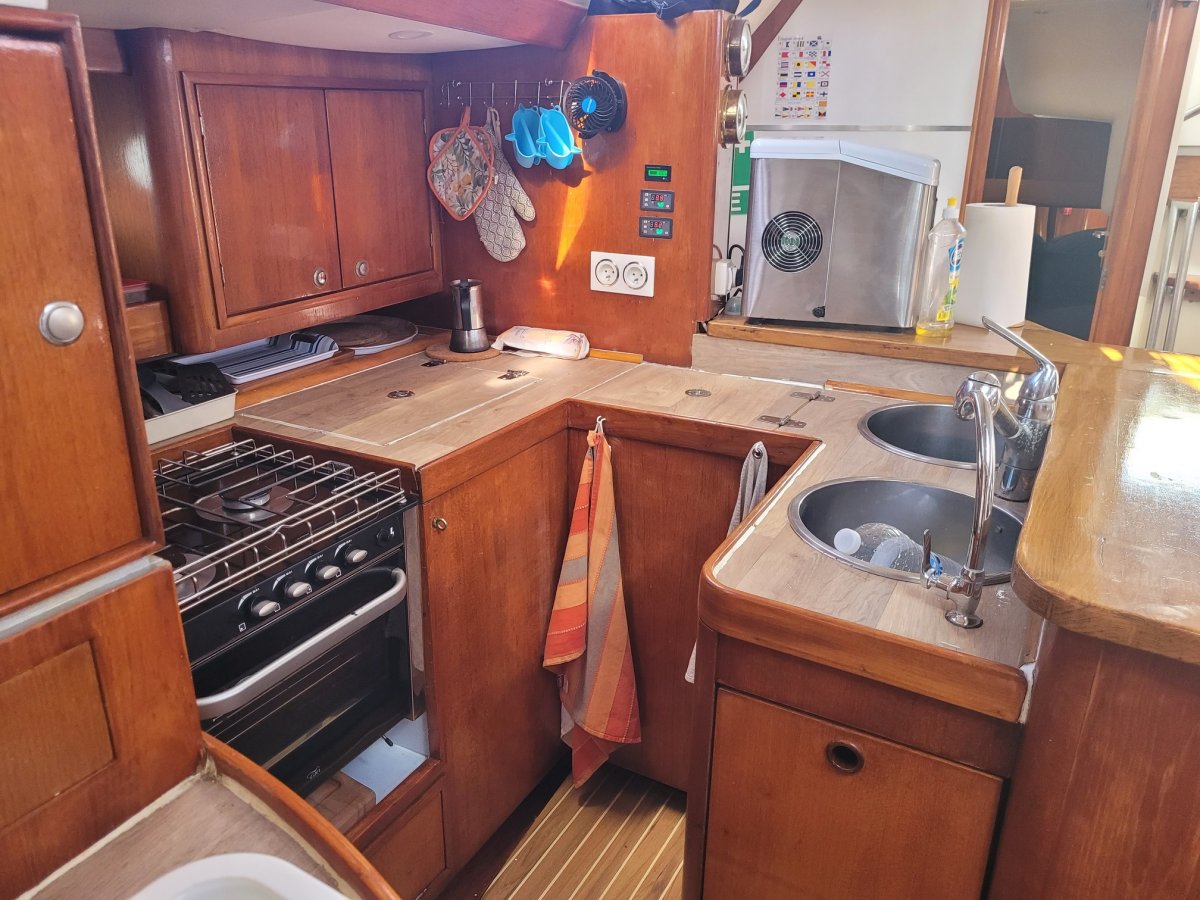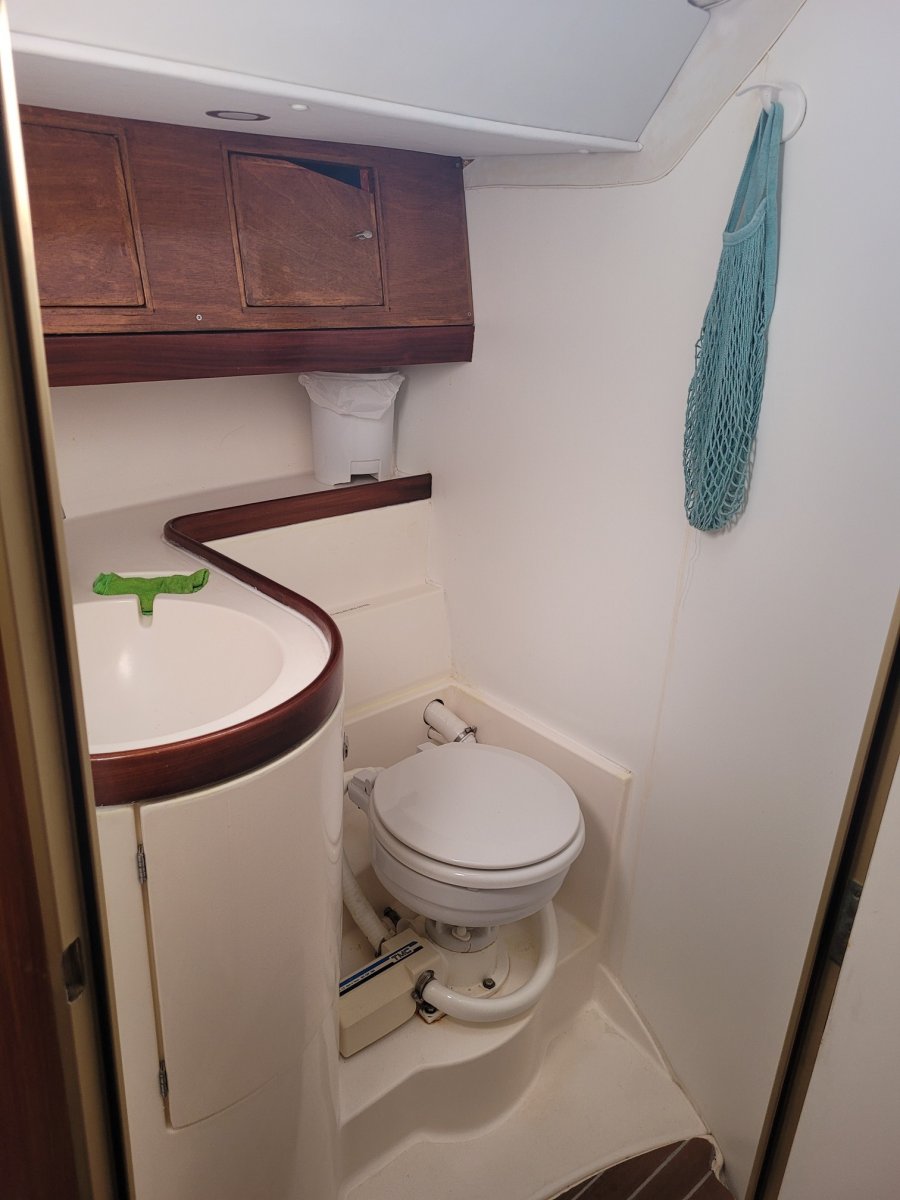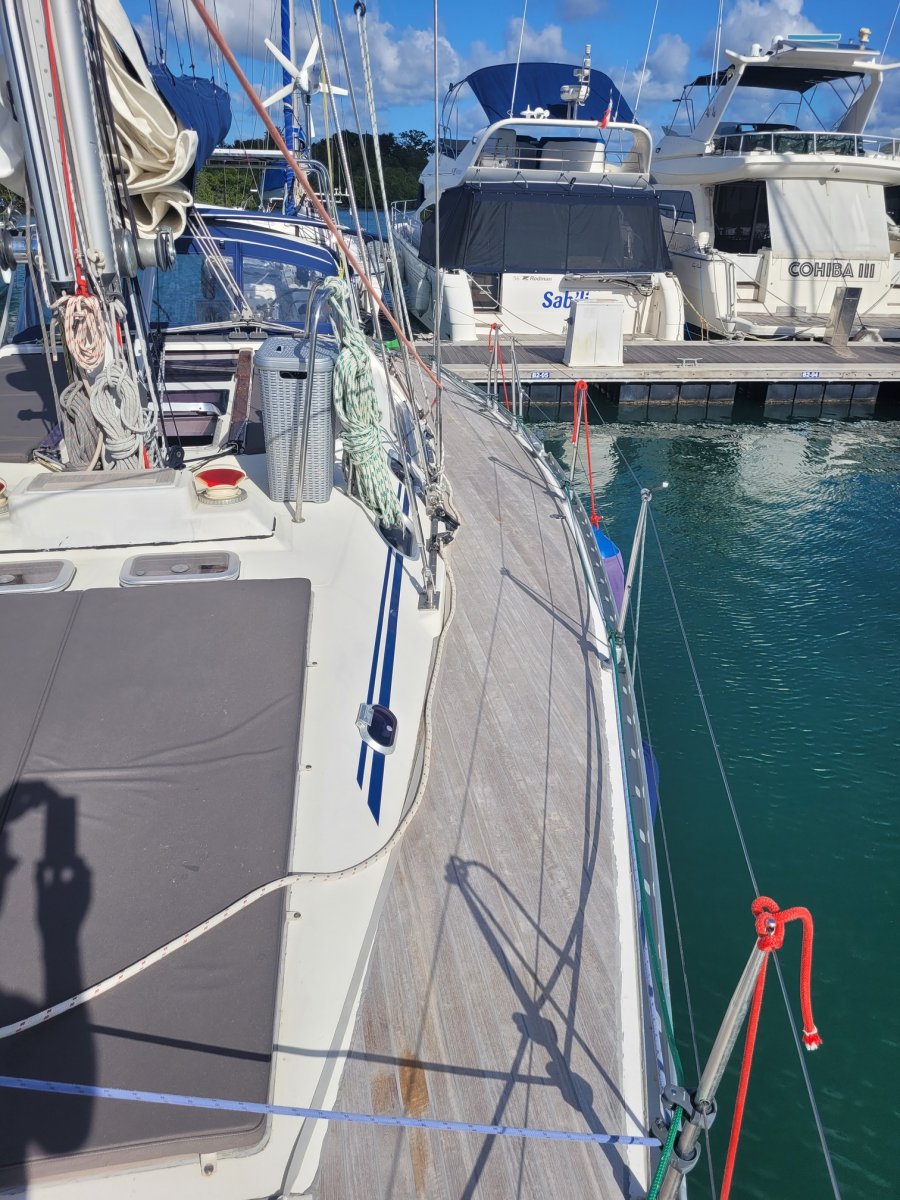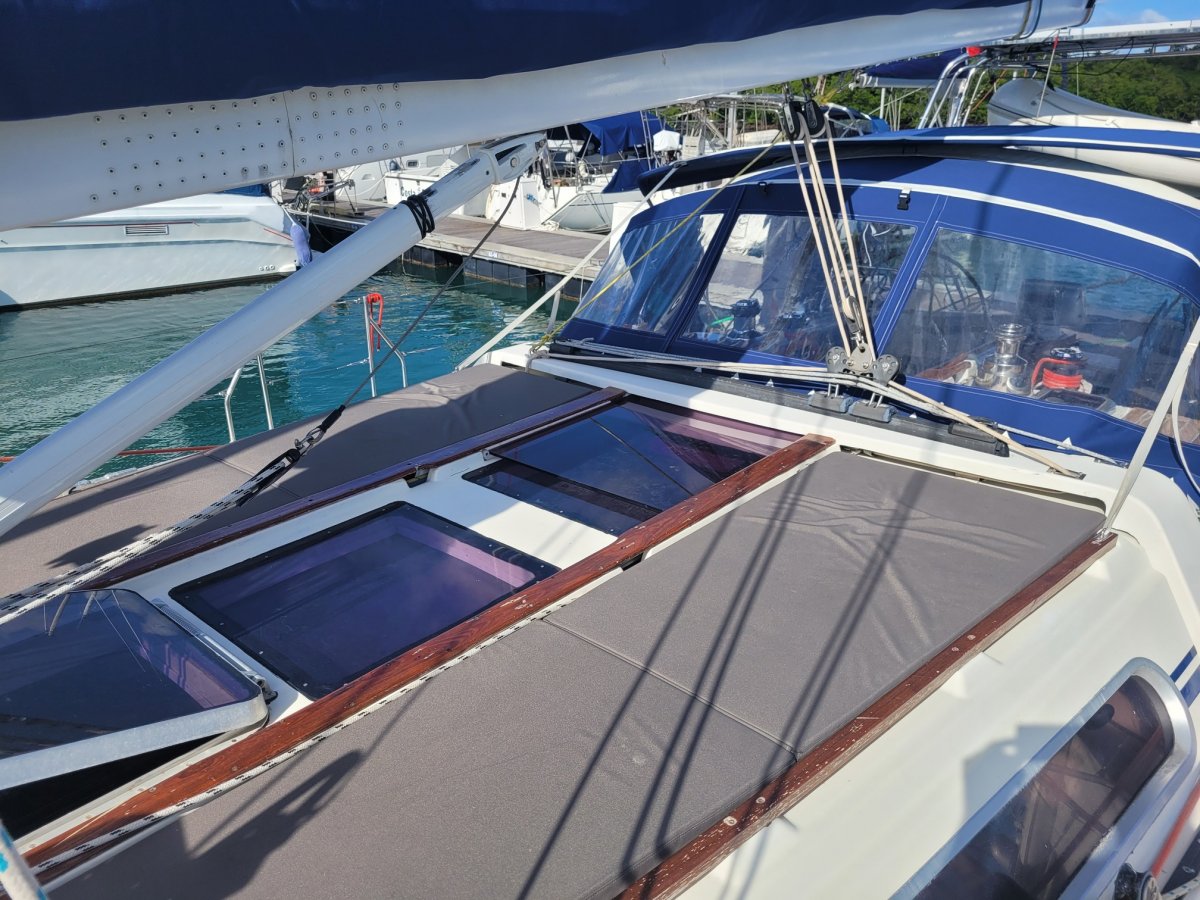The Atlantic Crossing on a sailing boat represents for many an intermediate stage in life (e.g. a turning point after the "turn", a test of oneself after retirement or a bad moment, etc.). For others, in possession of a nautical licence, it is a way of sailing that until then had only been read about in books or heard from narrating voices during events, direct testimonies, documentaries. This is why the premises reported above are ESSENTIAL and DETERMINANT for both the technical and human-social success of the Crossing itself.
To make the "big leap" overseas towards the Caribbean, the crew is scheduled to embark in Tenerife. Based on the arrival of the participants, cabin assignments, briefings and preparatory activities will be carried out on the boat. Since the latter take up a long period of time, the crew is welcome even days before the actual departure, by prior agreement with the instructor-commander. These moments are in fact very important to approach and prepare mentally with such an "immersive" experience, as well as useful for becoming familiar with the boat, with its internal and external spaces, with instruments, tasks and obligations, with the commander and with their crewmates. Experiencing the pre-departure climate is very beautiful, very rich in emotions, moods and different expectations for everyone and sharing them helps to establish a shared and common climate even earlier, which will then be very useful when during the day, on board, everyone will have its own role of supporting others.
Carrying out the galley is among the last operations carried out on board before leaving the moorings. After preparing the list with the type and quantity of foods, drinks, etc., a group is responsible for going shopping. Upon return, stowage is carried out in the various visible and/or hidden doors of the boat, for consistency of use and durability.
While the boat's tanks of water (not drinkable, for daily use only) and fuel are being filled, the phone calls begin to say goodbye to loved ones: suddenly, the awareness rises that for a good couple of weeks everything will have to go forward without us.
Those on board will only have to worry about doing their shifts (even at night) on board, keeping the boat on course, without jibes or acts of protagonism that could lead to structural breakages or, worse yet, endangerment of the crew members.
Enjoying everything that life returns to offer, in its essentiality and a scenario at its most natural, which we rarely have the opportunity to experience in our everyday life.
The emotions of the moments when you cast off your moorings for the Atlantic crossing are very strong: you will happen to be greeted by curious old people with looks almost of envy or even by children with shining eyes, in a mixture of curiosity and amazement at just imagining the great adventure that awaits you.
Once the sails have been hoisted, the first part of the route continues southwards in search of the trade winds, which can then push us, course 270°, towards the Caribbean.
In these first days, navigation is still at latitudes which involve variable and unpredictable marine weather conditions: winds from the north-west, from the south, rain, with temperatures and climate still cool and we will notice this during the night shifts, where it will be necessary to be suitably dressed for unpredictable rain, wind and humidity. The ocean wave begins to regulate navigation and shifts on board, we begin to "listen to the boat", as we like to say: how it reacts to the various types of waves when they crash on the sides and how we, with the rudder, can indulge her and support her in her movements.
With the passing of the days and the entry of the trade winds, ocean navigation reveals itself in all its specificities, very different from the Mediterranean one: a few maneuvers and constant speeds for days without having to change the sails, can characterize ocean navigation if the weather it is stable, in a “slow pace”.
Despite this, it is not uncommon for squalls to appear on the horizon, the characteristic clouds that almost always bring violent and short-lived rain.
If weather conditions permit, after approximately 5 days of navigation, a stop in Cape Verde may be envisaged.
Useful and convenient intermediate stage which, on the one hand allows you to touch land if you have not yet become familiar with ocean navigation, and on the other to refuel and stretch your legs for a couple of days, to discover the beaches of its islands. Once we set off from Mindelo, the ocean reopens in front of us with around another 12-14 days of navigation in the open sea.
In the long days and nights (because at the beginning everything will seem new, everything fast but as the days pass, you will feel as if you are absorbed by the sea), you will always find something to do: there will be no shortage of books to read in the dinette, like even playing cards, to challenge each other like "experienced seniors" around a table. You can cook, try fishing or refresh yourself with sea water well tied to the stern: always without taking direct initiative and asking first, in compliance with safety and the constraints imposed by the type of weather and sea conditions and under direct instructions from the commander -instructor. And always following the naturalness imposed by the environment that surrounds us and its times.
The days before arriving in the Caribbean almost seem to make you feel like a child again, waiting for gifts and Santa Claus: with the same curiosity and expectation you hypothesize the day of arrival, you imagine what to do once on land, how many and what foods and drinks we will want to taste again (as if it were the first time).
The contact of the on-board radio with the port which gives the OK for entry and mooring suddenly awakens as if from a long sleep (or dream): "there is still life". The phones turn on, "yes but who cares if I pay for roaming, hi it's me, we've arrived."
It's a moment, or rather it was a moment. The adrenaline is now felt in the bench jump
Read more
